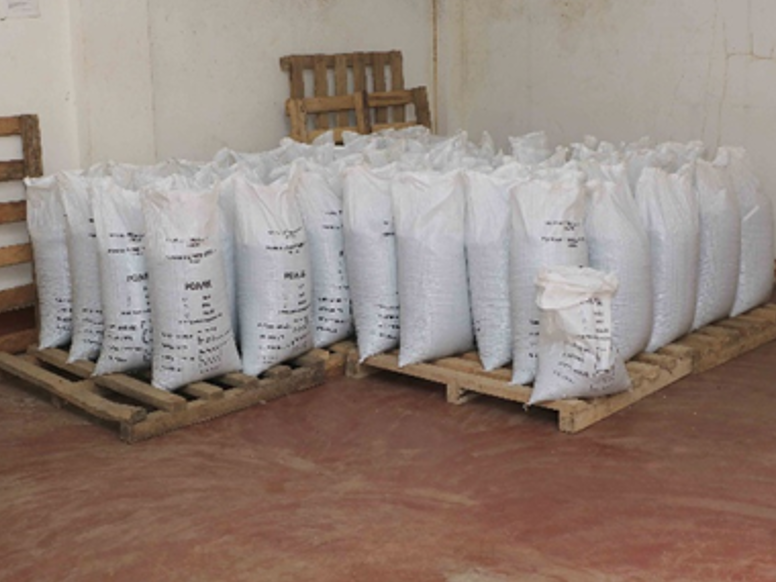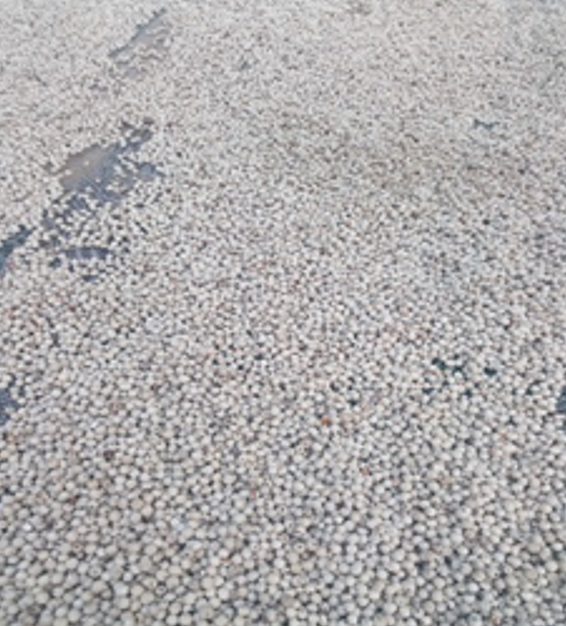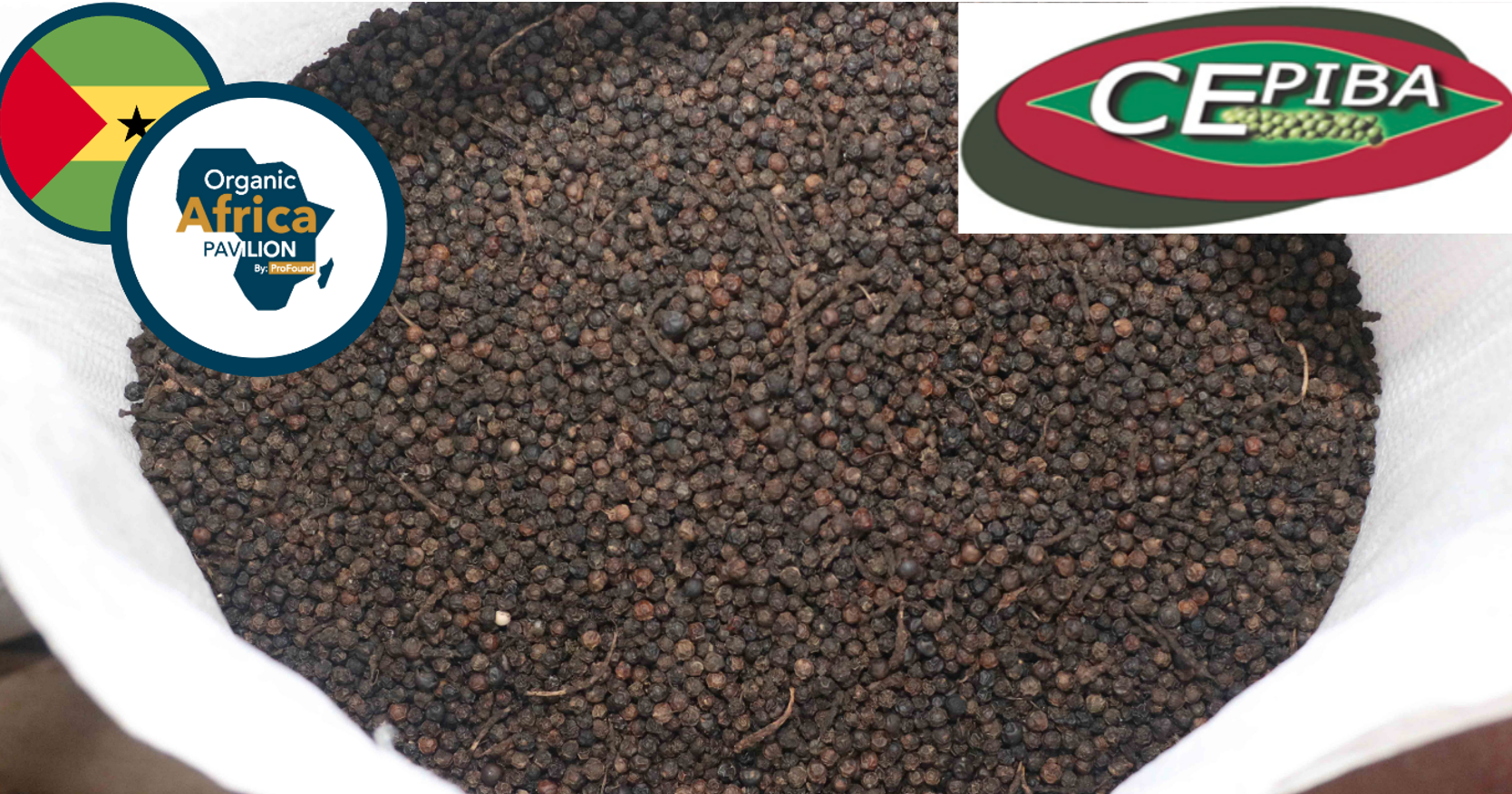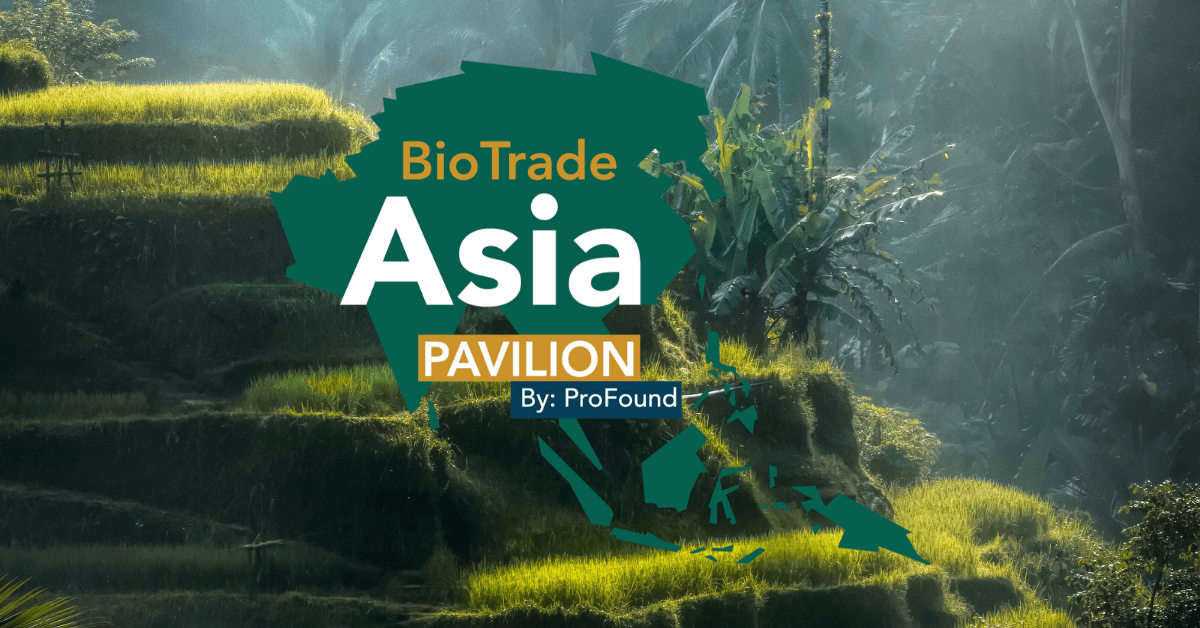In this article, we want to introduce you to CEPIBA, producers and exporters of Black, White and Red Pepper, who will be co-exhibiting at the Organic Africa Pavilion at BioFach 2022. BioFach will take place in Nuremberg Germany from the 26nd to the 29th of July this year.
About CEPIBA
Pepper has been cultivated in São Tomé and Príncipe for a long time. The islands have an agroecological setting that has always favored the cultivation of pepper and vanilla. As agriculture was dominated by cocoa and coffee, pepper was not promoted until recently. It is now grown in small plots as a cash crop. It is a diversification of crops and a welcome agroecological improvement, especially for small farms.
Experimentation with export-quality black pepper began over fifteen years ago. The commercial viability became a reality only in the last ten years with the consolidation and expansion of the Cooperativa de Exportação de Pimenta e Especiarias (CEPIBA): the Export Cooperative of Pepper and Vanilla.
On the São Tomé and Principe islands the producers are organised in a dynamic cooperative. In 2005 to 2007, communities were organised in associations of pepper producers. On the 19th of December 2007 the 1st CEPIBA constituent assembly was held in Rio Lima. The statutes of CEPIBA, the cooperative of organic pepper and vanilla producers, were legalized after that. The organisation has various social bodies with technical and support staff.
CEPIBA is a cooperative made up of 19 associations and 333 associates from the island of São Tomé and Príncipe. Each is represented in the cooperative by two delegates during ordinary or extraordinary assemblies. It has 438 paying members, 155 women and 283 men. The cooperative currently has 112 ha of pepper planted. The production and post-harvest treatment has been certified by ECOCERT as organic since 2009. The cooperative is currently finalizing the procedures for the IGI (Protected Geographic Identification) certification.

Each producer has his or her individual plantation. Pepper is grown in a naturally occurring agroforestry system, like shaded cocoa, in association of cultures with bread fruit, mango, papaya, banana and other spices such as ginger, turmeric, melegueta (Afromomum melegueta) pepper but also taro (Colocasia esculenta). Members have tried vanilla, but most prefer pepper as it is easier to do.
Would you like to meet other exporters from our Pavilions?
Black, White, and Red pepper
Pepper (Piper nigrum) is a berry vine, a tropical climbing shrub from the Piperaceae family of vines, native to India. The pepper grows spontaneously and can reach 6 to 10 meters in height. It likes warm (average 24°C) and humid (1,500 mm / year) climates and well-drained soils. Multiplication is done by cuttings.
The fruits are presented in the form of a suspended bunch of 20 to 30 berries pressed against the axis, which change from green to red and then to brown as they ripen. Pepper grains, be it green, black or white, come from the same plant and correspond to different stages of maturation: – Green pepper is obtained by moist conservation of immature berries, – White pepper consists of ripe berries, without pericarp, – Black pepper is obtained from almost ripe, blanched and dried berries.
It is the first among the spices in the world. It is marketed as whole grains, crushed or powdered. As an aromatic and exciting condiment, pepper is a stimulant with a pungent flavor, in varying degrees. Pepper owes its spicy flavor to piperidine amides.
The ripe fruits of the pepper contain an essential oil rich in alpha-pinene, beta-pinene and beta-karyophylene. With hot, stimulating, analgesic and aphrodisiac properties, it is used in phyto-aroma therapy. Pepper is known for its healing and stimulating properties in digestive secretions.
Pepper cultivation is present in São Tomé and Príncipe since a long time. The islands have an agro-ecological context that is favorable to pepper (and vanilla). As agriculture was dominated by cocoa and coffee, it was not promoted until recently. It is now grown on small plots as a cash crop. It is a welcome crop diversification and agro-ecological enhancement particularly for small farms. It does not need high investment costs. Apart from planting and pruning the support tree it does not require hard labour so it is easy to do by women and elderly. It is seen as an easy-to-handle culture, can be grown in association with food cultures. It provides a good return for the work and thus an additional income, improving the living conditions, the financial autonomy of families. Both agro-ecological and socio-economic considerations are the motivation for CEPIBA’s technical team.

Certificates:
The cooperative has an Internal Control System that allows for group certification. Since 2009 CEPIBA is certified organic to the EU regulation by ECOCERT SA. When the market requires the cooperative can be certified Fair for Life (French Fairtrade). The cooperative is currently finalizing the procedures for obtaining IGI (Protected Geographic Identification) certification.
Any questions?
If you have any questions about these companies, want to get in touch with them or request a sample of their products, don’t hesitate in writing us to biofach@thisisprofound.com



